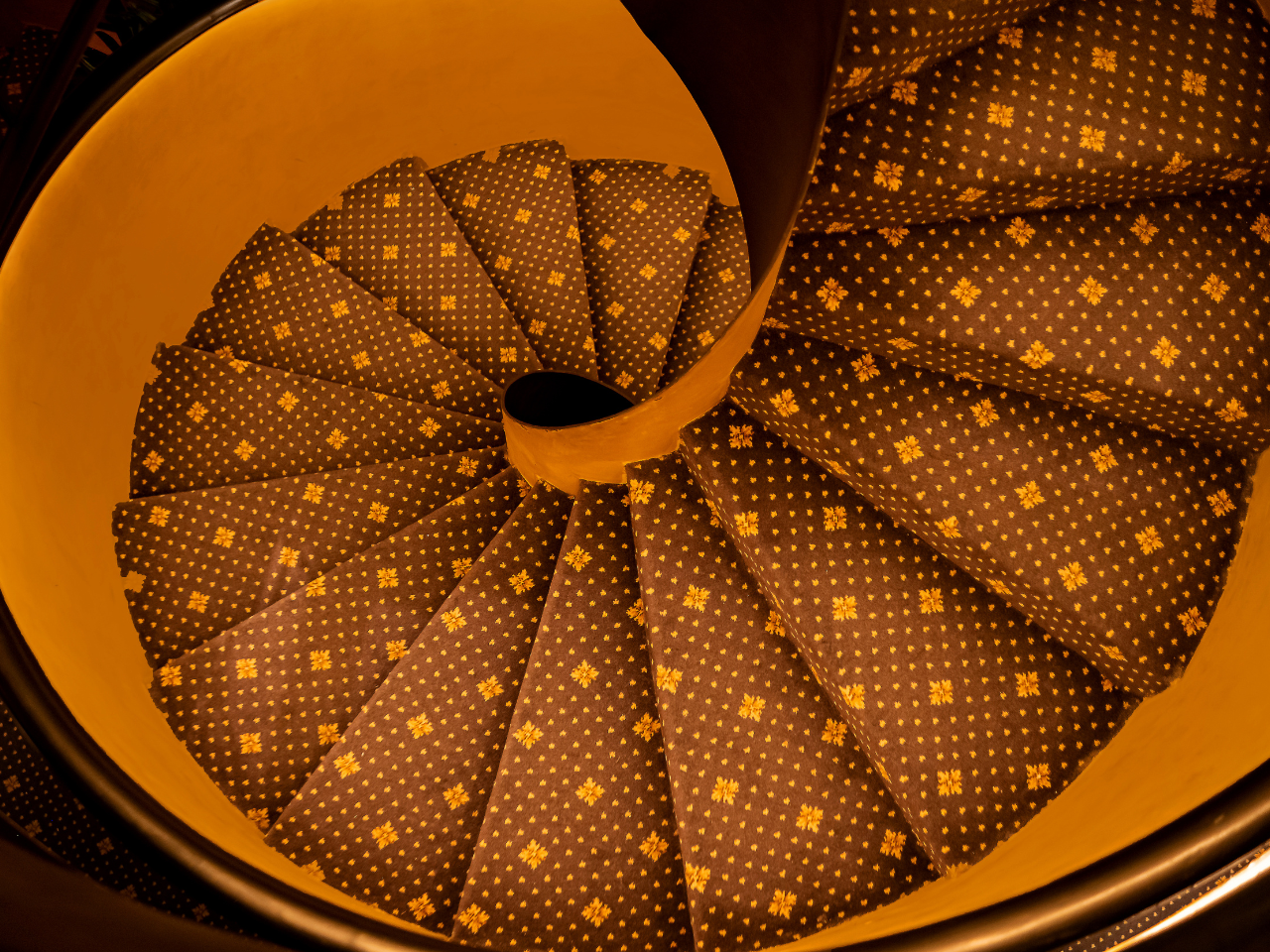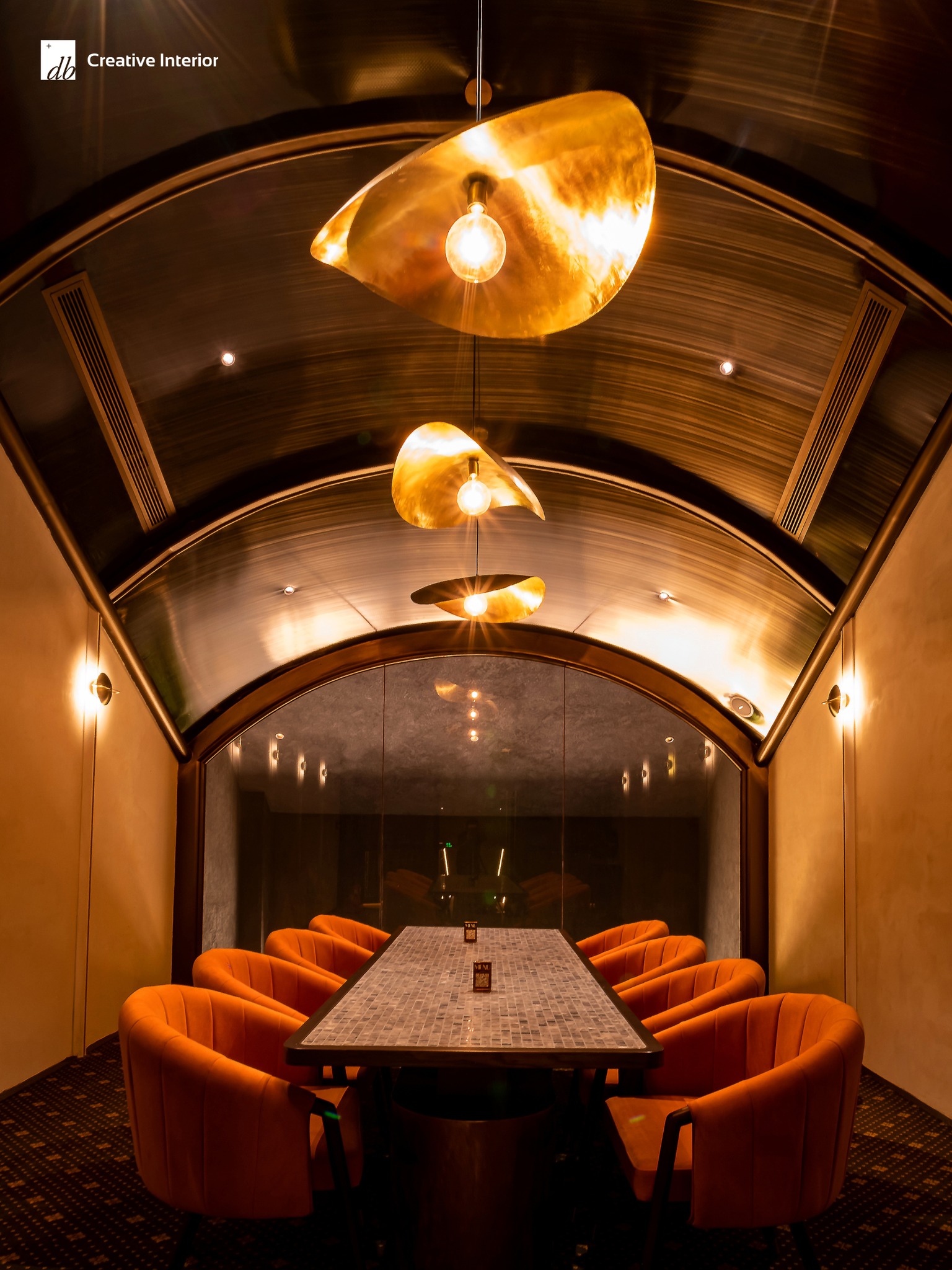Texture is an often overlooked aspect in the design of a decorative scheme, yet it can convey mood and style and add interest and depth to an interior.
Texture is the surface quality of a material. It refers to the quality of a surface as perceived directly by touch (tactile texture) or indirectly by the eye (visual texture). Texture may be defined broadly to include the visual properties of solidity, reflectivity, translucency and transparency.
Tactile texture is produced by the physical surface texture (the relief) of a material – a surface can feel smooth, soft, hard, rough, ridged, grainy or bumpy to the touch. The play of light on the peaks and valleys of an innately textured surface creates highlights and shadows which enhance the visual texture.
Visual texture (sometimes called illusionary or simulated texture) can be produced by color, or by pattern. A particular surface can be made to appear quite different to the way it feels to the touch: smooth surfaces can have visual textures, small patterns can be ‘read’ as texture, and a faux finish can imitate other materials such as wood, brick, marble, silk or stone.
Applying Tactile Texture (on the left) and Visual Texture (on the right) in office workspace environments
The Art of Balance
Just like color and light, texture requires careful consideration for a harmonious outcome. Here are some key aspects to consider:
Scale Matters: The size of patterns should correspond to the space. Large, bold patterns can overwhelm a small office; opting for smaller or subtler details can create a more balanced feel. Conversely, large expansive spaces can feel empty with only small patterns. Introducing larger elements such as thick rugs or area carpets can enhance visual interest for employees.
MOJO Nguyen Hue, a DBPlus project, creates a harmonious and sophisticated space, utilizing intricate detailing to evoke a sense of balance and comfort, providing customers with a cozy coffee experience
Light – The Revealer: Lighting plays a crucial role in how we perceive texture. Strong, directional light emphasizes surface irregularities, creating a dramatic effect and highlighting specific design features. To create a quieter working atmosphere, opt for softer lighting that helps soften rough structures and creates a more cohesive visual experience.
>>> Explore more: UNDERSTANDING THE PSYCHOLOGY OF COLOR IN OFFICE INTERIOR DESIGN
DBPlus leverages metallic materials and strategic lighting in the MOJO Nguyen Hue project, creating an elegant space with dominant orange and gold tones for sophisticated culinary enjoyment
Applying Texture to perfect spatial design: Functional Considerations
Texture isn’t just about aesthetics; it plays a crucial role in achieving functional and harmonious spatial design. Let’s explore how texture can be strategically utilized to enhance the functionality of a space:
- Space Perception: Texture can be used to manipulate the perceived size of a space. Rougher textures can make a large space feel more intimate, while smooth textures can create a sense of openness in smaller spaces.
- Acoustics: Uneven textures absorb sound, making a space feel quieter – ideal for open-plan living areas or rooms with hard flooring. Conversely, smooth surfaces tend to create echoes and a noisier environment.
- Maintenance: Smooth surfaces show dirt and fingerprints more readily but are easier to clean. Textured surfaces can hide dirt but might be more challenging to maintain. 
DBPlus utilizes tailored textures for each interior space to provide the optimal experience for customers
The Takeaway
Structure is a powerful design tool that goes beyond aesthetics. By understanding its impact on visual appeal, mood, and functionality, you can create an office interior space that is both intriguing and innovative, fostering creativity and personal development among employees.
At DBPlus, we understand that aesthetics are just the beginning. We leverage our design expertise and knowledge of textures to create work environments that go far beyond looking good. Our goal is to foster long-term employee satisfaction and productivity. These spaces aren’t just visually impressive for clients and visitors; they’re designed to have a lasting positive impact on the mental and physical well-being of the employees who use them every day. In essence, DBPlus is committed to creating work environments that benefit both the minds and bodies of our clients’ employees.









